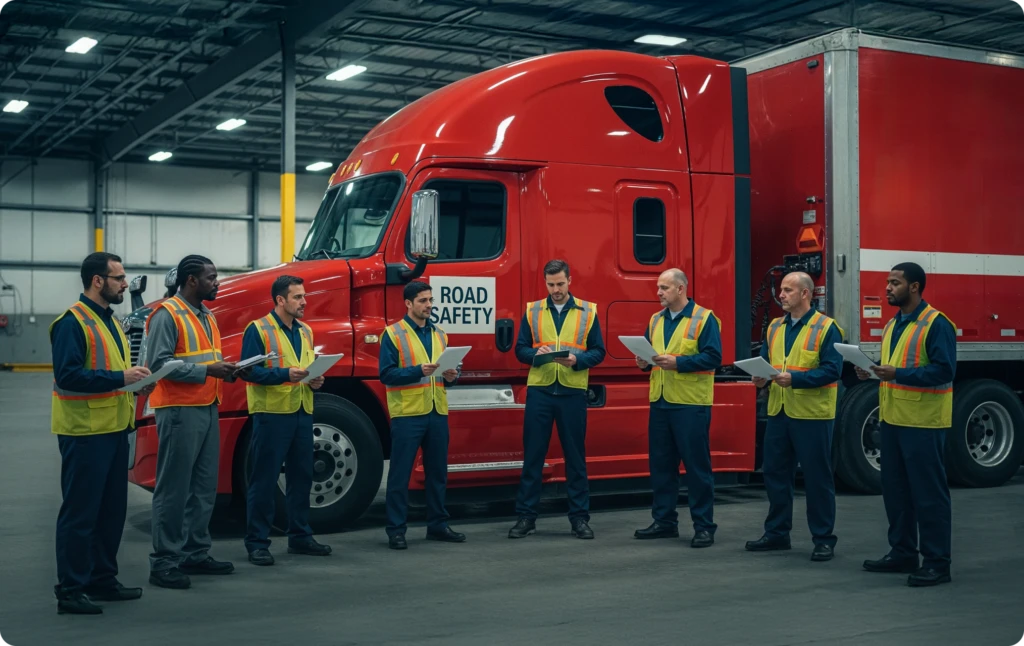Is Your Freight Insured Enough? What You Need to Know About Cargo Coverage in Mexico

Shipping freight to or within Mexico presents a unique set of opportunities—and risks. While the country remains one of the United States’ largest trading partners, cargo moving across the border is subject to vastly different laws, liability standards, and security challenges. For shippers and logistics professionals, the critical question is: Is your freight adequately insured for transit in Mexico? The answer might surprise you.
Cargo Insurance: U.S. vs. Mexico — What’s the Difference?
In the United States, shippers typically rely on cargo liability insurance governed by regulations like the Carmack Amendment, which offers a standard level of protection in case of loss or damage. U.S. carriers are generally held to a higher standard and must provide compensation for lost or damaged goods up to the full invoice value, depending on the policy.
However, once freight crosses into Mexico, that protection often changes dramatically. Under Mexican law, the default carrier liability is limited to approximately 2% of the value of the goods per kilogram. That means if you’re shipping $100,000 worth of electronics weighing 1,000 kg, the legal liability might only cover $2,000 or less in case of total loss.
The Border Insurance Gap: Don’t Assume You’re Covered
One of the most common (and costly) mistakes shippers make is assuming that their U.S.-based policy covers the entire journey. In reality, many cargo insurance policies end at the border. While some offer extended “door-to-door” or “warehouse-to-warehouse” protection, these terms can be misleading unless Mexico is specifically included in the coverage territory.
Even if a policy mentions international coverage, exclusions for “high-risk areas” or specific incidents like theft and hijacking may apply in Mexico. Always read the fine print and ask your insurance provider for documentation confirming Mexican transit coverage. A verbal confirmation isn’t enough—get it in writing.
High-Risk Transport: Understanding the Real Dangers
Mexico’s supply chain landscape is dynamic but not without serious challenges. According to multiple industry reports, cargo theft remains a widespread issue, particularly on key transport corridors such as Mexico City–Veracruz, Querétaro–León, and the México–Puebla corridor. Criminal groups often target high-value loads like pharmaceuticals, electronics, and automotive parts.
In addition to theft, trucks are often hijacked, drivers held hostage or assaulted, and freight is never recovered. In some cases, local law enforcement lacks the resources or jurisdiction to investigate fully, and claim recovery becomes extremely difficult.
Other risks include:
- Road hazards, especially on rural or poorly maintained routes
- Weather damage due to extreme rain or heat
- Corruption or fraud at checkpoints or warehouses
- Unauthorized third-party subcontracting without the shipper’s knowledge
These threats make it essential to consider comprehensive, all-risk coverage when shipping through Mexico.

How to Insure Your Cargo Properly for Mexico
If your operations involve cross-border shipping, investing in dedicated Mexican cargo insurance is not just recommended—it’s critical. This type of insurance supplements your U.S. policy and fills the coverage gap between the border and your final destination in Mexico.
Steps to secure proper coverage include:
- Partner with an experienced insurance broker who understands international and cross-border logistics. They can help tailor a policy to your route, cargo type, and risk exposure.
- Ensure the policy includes coverage for total loss, theft, vandalism, hijacking, and natural disasters.
- Request bilingual claims support to help facilitate the process in case of an incident in Mexico.
- Verify that the policy is underwritten by a licensed Mexican insurer or a global provider with Mexican partnerships, so it’s valid and enforceable locally.
- Require carriers or logistics providers to show proof of cargo insurance, and confirm their policies don’t exclude high-risk zones.
Remember: the goal is not just insurance — it’s risk management.
In today’s increasingly interconnected supply chain, cross-border freight plays a vital role in North American commerce. However, without the right cargo coverage in place, one incident in Mexico could mean tens or even hundreds of thousands of dollars in loss.
By understanding the legal differences, identifying coverage gaps, and proactively seeking out tailored insurance, your business can operate confidently across borders. Don’t wait for a claim to be denied to find out your freight wasn’t adequately protected. Take control now — secure your cargo, safeguard your business.
